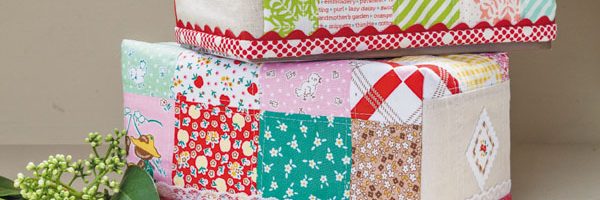
Designer Edge with Ulla-Stina Wikander
So you can’t afford a Van Gogh! So what? You can always stitch one in tapestry form. And if you are Ulla-Stina Wikander, you can then cut up your finished masterpiece and use the oddments to cover your vacuum cleaner. Or telephone, or typewriter, or pram. Or….
by Susan Hurley

That might sound like stitching sacrilege, but it’s actually the reverse when it comes to this innovative Swedish artist. Ulla-Stina is positively reverential about her stitched acquisitions and her decorated household objects:
“I am crazy about cross-stitch embroidery and vintage tapestries, and I regularly visit second-hand shops in search of them. Many of my train and car journeys have been with unwieldly framed embroideries in tow.”
Learn Hand Piecing with Carol Roberts
The pity is that, almost invariably, when Ulla-Stina buys a framed stitchwork, Ulla-Stina is asked what she plans to do with the frame, not the tapestry itself. “Almost everyone thinks that I collect the frames and will throw the cross stitches away.
It is so sad, because it shows that women’s needlework is regarded as worthless. So many hours of beautiful work, all gently cared for and then disregarded.”
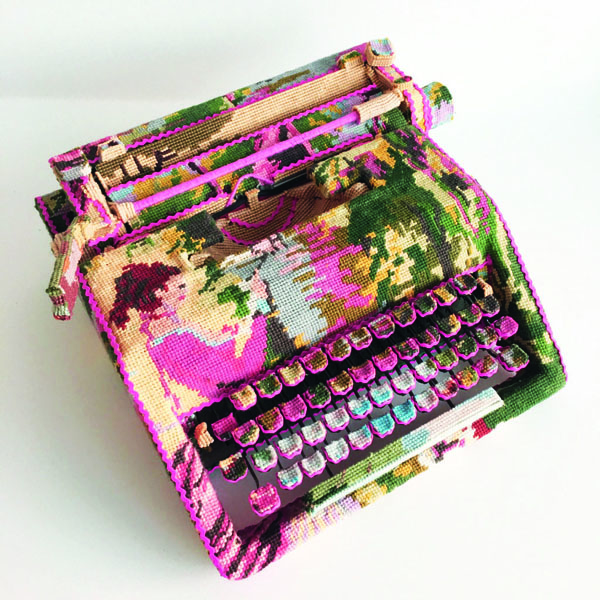
But back to that vacuum cleaner – the first piece of utilitarian ugliness that Ulla-Stina transformed into an exhibition-quality art installation.
In her explanation, Ulla-Stina makes it sound pretty routine that you would want to upholster your household equipment in vintage tapestries, and the more you look at her work, the more convinced you become that Ulla-Stina’s got a point.
Quilt workshop for beginners with Michelle Marvig
“As soon as the vacuum cleaner was covered, I saw that it had been transformed into art, and I looked at it with new eyes,” says Ulla-Stina. “Then I began to hunt for all sorts of obsolete household things from the ‘70s so that I could give them a new life.”
The union of her skills, artistry, upcycling and exhibiting have proved her hunch a success, with a collection of around 75 stitch-covered appliances and objects now to her credit, many of which have graced the halls and walls of various Swedish galleries.
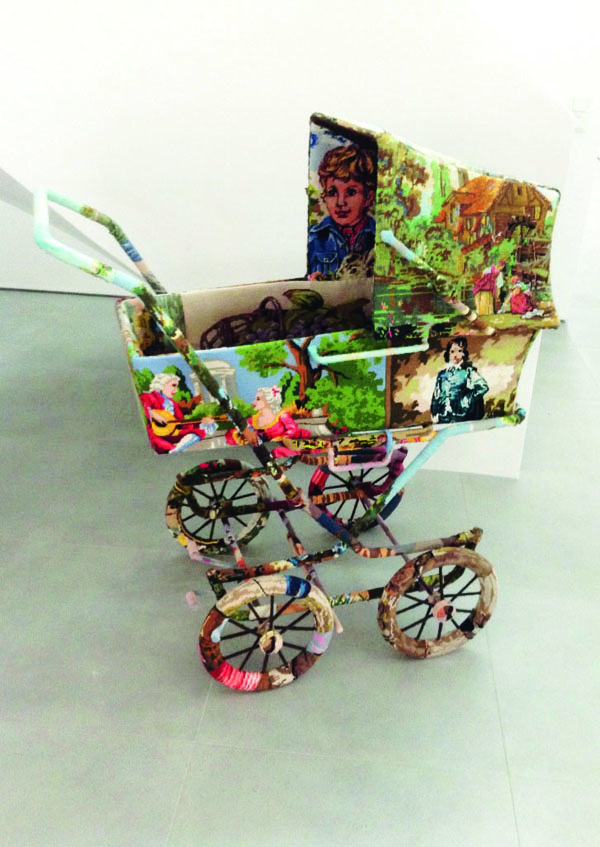
If you think this is something of an artistic gimmick, consider for a moment the complexity and labour-intensity of actually covering all the angles, knobs, levers, wheels, cords and dials on those objects.
By virtue of the thickness of the wool cross-stitching, the canvases Ulla-Stina works with are relatively unyielding and bulky when folded around corners and over edges.
But you’d never guess that when looking at the seamless surfaces smoothed over her finished mix masters and sewing machines, cassette decks and hair-dryers. And focal points of the stitchwork are perfectly framed on the objects they cover – a stitched portrait centred on the iron hotplate, for example.
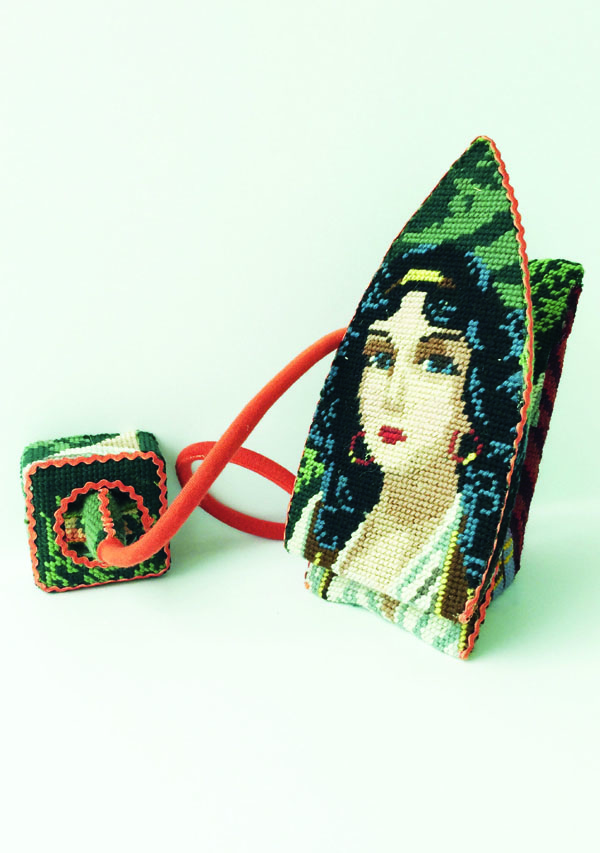
“I have collected cross stitch for more than 10 years,” Ulla-Stina says.“First, I have to take them out of their frames.
Then I choose which motif I like for a particular object and check if it is big enough to cover it. Then I start covering, using sewing and glueing.
Explore colour possibilities with Michelle Marvig
For large installations, I always use the same kind of motif for the entire work.”
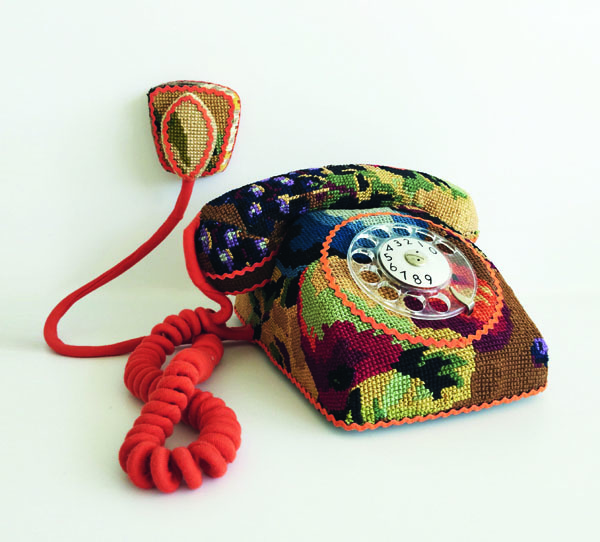
Skills and appreciation of the beauty that can be found in the ugly and the discarded, have been cultivated through Ulla-Stina’s seven years of art education followed by work as props and set designers at the opera house in Gothenburg, Sweden. And you can’t help but feel that the music that coursed through her professional veins is now lyrically translated to her utilitarian beauties.
For more information on Ulla-Stina Wikander, visit her
website: www.ullastinawikander.com and
Instagram: @uskonst, or
email her at here

